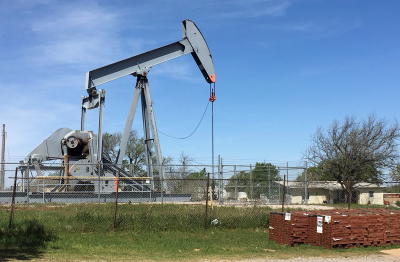Weathering the Storm: On-Farm Safety Measures During Severe Weather
Navigating the Elements with a Decade of Experience
As a seasoned journalist with ten years of immersion in agricultural landscapes, the topic of on-farm severe weather safety resonates deeply with me. In this extended article, we'll delve into the critical measures farmers can take to mitigate risks and protect both their livelihoods and lives when confronted with nature's fury.
Before we explore safety measures, it's essential to grasp the risks severe weather poses to on-farm operations. From thunderstorms and tornadoes to hurricanes and blizzards, each phenomenon brings its own set of challenges. High winds can devastate crops, lightning strikes pose fire hazards, and flooding can drown fields and livestock. Being aware of these risks is the first step towards preparedness.
Preparation is the cornerstone of on-farm severe weather safety. Farmers should develop comprehensive emergency plans tailored to their specific location and circumstances. This includes identifying safe shelters for humans and animals, establishing communication protocols, and stocking up on essential supplies like food, water, and medical kits.
Investing in resilient infrastructure can significantly enhance on-farm safety during severe weather events. This includes reinforced buildings capable of withstanding high winds, secure storage facilities for equipment and supplies, and robust fencing to protect livestock from flying debris. While initial investments may be substantial, the long-term benefits in terms of safety and peace of mind are invaluable.
In today's digital age, technology plays a vital role in enhancing on-farm safety. Weather monitoring systems, such as advanced radar and satellite imagery, provide real-time updates on approaching storms, enabling farmers to take proactive measures. Additionally, mobile apps and alert systems can deliver instant notifications, ensuring timely responses to evolving weather conditions.
Effective on-farm safety during severe weather requires more than just infrastructure and technology—it also demands knowledge and skills. Farmers and farm workers should undergo regular training in emergency procedures, first aid, and basic meteorology. Furthermore, fostering a culture of safety within the farming community through workshops and outreach programs can help disseminate best practices and collective wisdom.
In times of crisis, solidarity within the farming community can make all the difference. Establishing networks of mutual aid and support enables farmers to pool resources, share expertise, and provide assistance to those in need. Whether it's lending a hand with cleanup efforts after a storm or offering temporary shelter for displaced livestock, collective action strengthens resilience and fosters camaraderie.
Navigating severe weather on the farm is a multifaceted challenge that demands foresight, preparation, and collaboration. By understanding the risks, investing in infrastructure, leveraging technology, prioritizing training, and fostering community collaboration, farmers can enhance their resilience and safeguard their operations against nature's unpredictable wrath. As we continue to confront the realities of a changing climate, proactive measures and collective action will be more critical than ever in weathering the storms ahead.
In conclusion, the journey towards on-farm safety during severe weather is marked by a commitment to preparedness, innovation, and community resilience. Through a decade of journalistic exploration into agricultural landscapes, it's evident that the challenges posed by nature's fury are formidable but not insurmountable.
By embracing a holistic approach that combines understanding the risks, investing in resilient infrastructure, leveraging technology, prioritizing training, and fostering community collaboration, farmers can fortify their operations against the unpredictable forces of weather. Each element plays a crucial role in the intricate tapestry of on-farm safety, contributing to a resilient ecosystem where lives and livelihoods are safeguarded.
As we look towards the future, marked by the uncertainties of a changing climate, the lessons learned and the practices adopted today will serve as pillars of strength in the face of tomorrow's storms. With unwavering determination and collective effort, farmers can weather any storm, emerging stronger, more resilient, and better prepared to confront the challenges that lie ahead. In the end, it's not just about surviving the storm—it's about thriving in its aftermath, forging a path towards a brighter, more resilient future for agriculture and rural communities alike.





